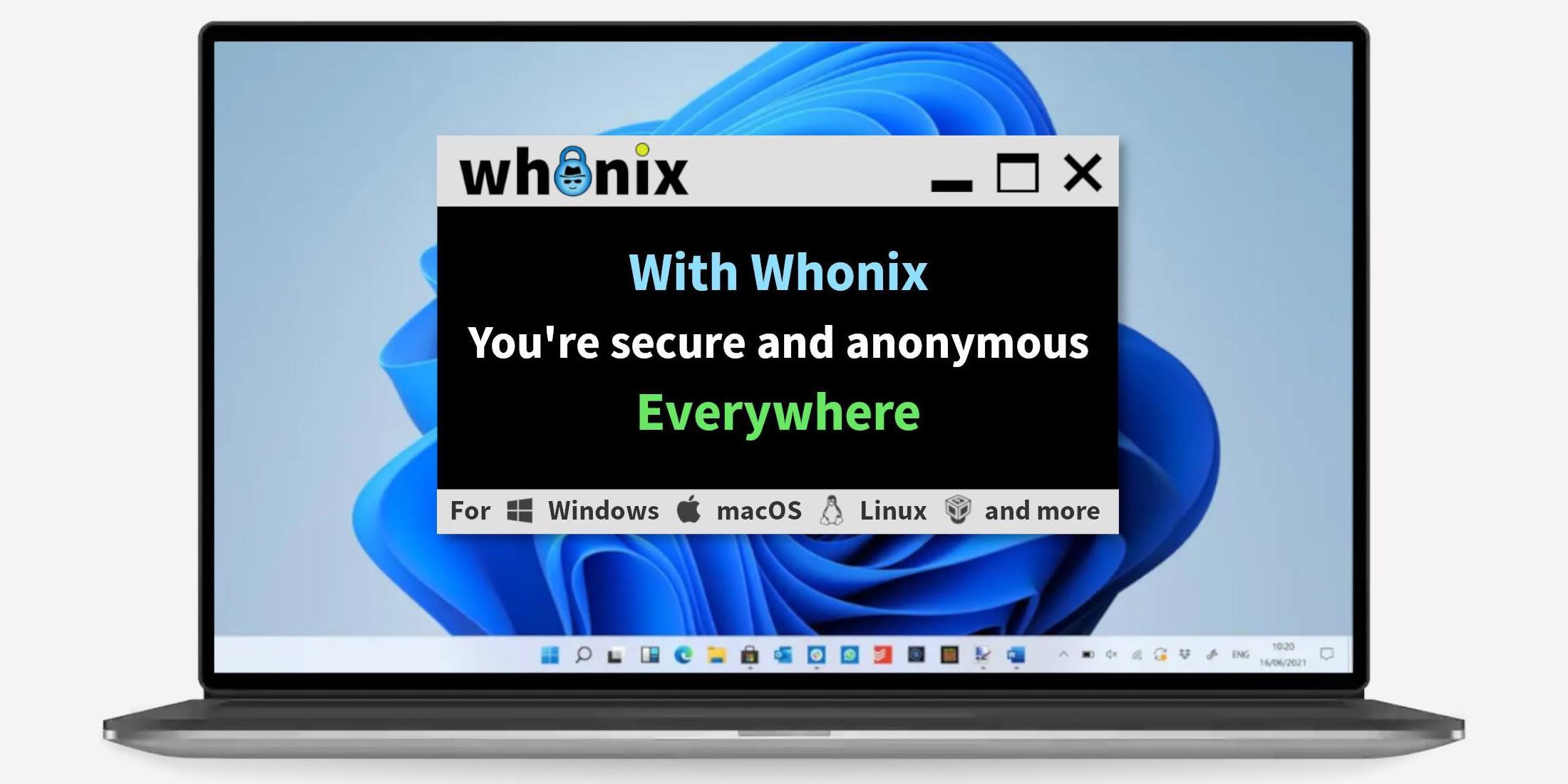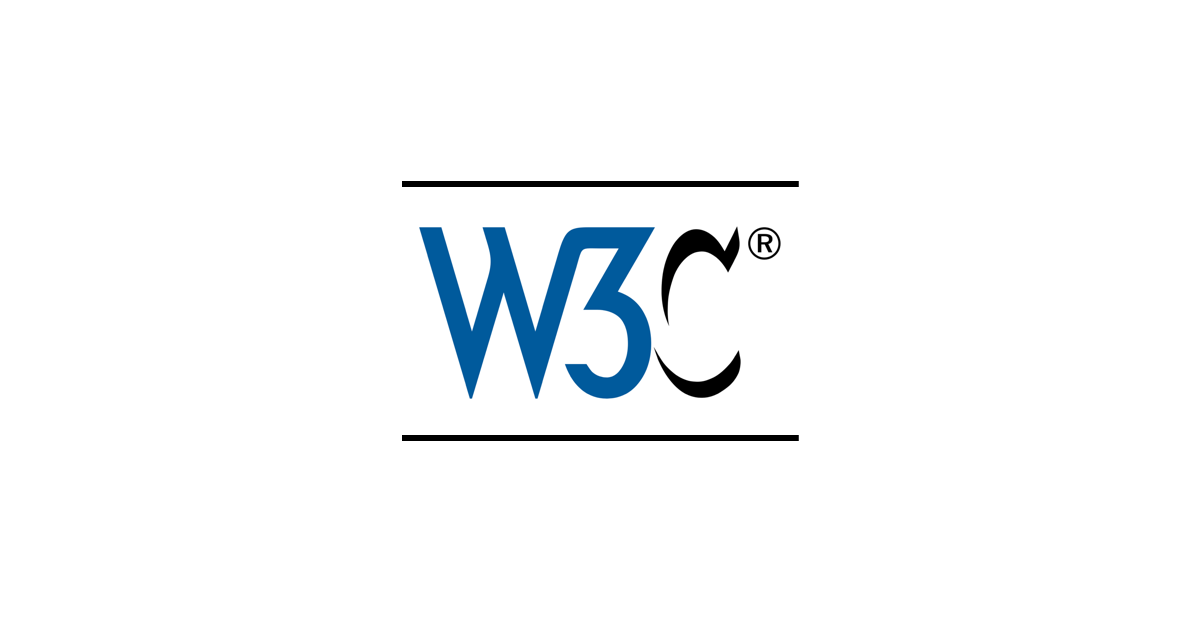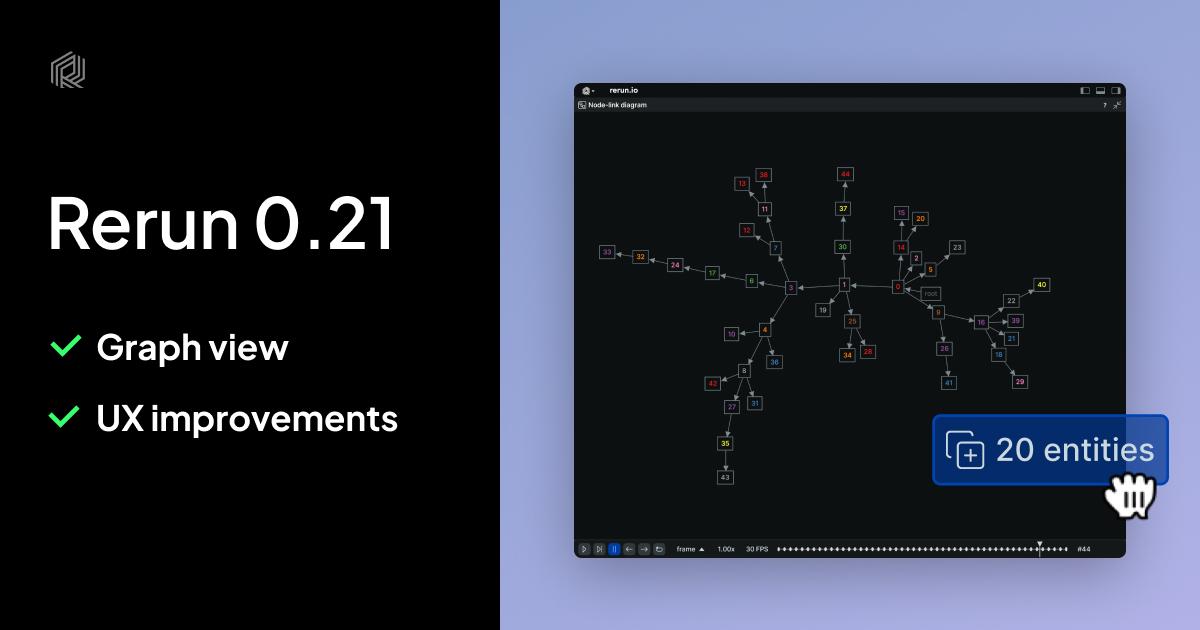Gource: Visualizing Your Codebase with Stunning Animations
Gource is an open-source software that visualizes your version control repository history in a breathtaking animated way. The repository root is at the center, directories are branches, files are leaves, and developers become dynamic characters moving around the code tree, their contributions shown as animated trails. Gource uses OpenGL rendering and requires a 3D-accelerated video card. It supports various version control systems like Git, SVN, Mercurial, and offers extensive parameters for customization, allowing you to easily generate impressive visualizations of your codebase history.
Read more










